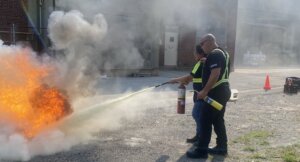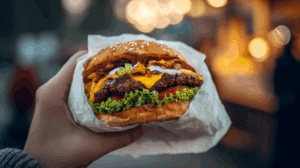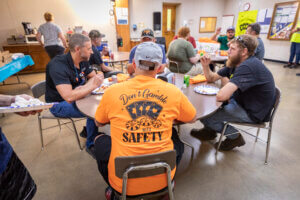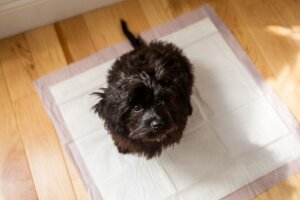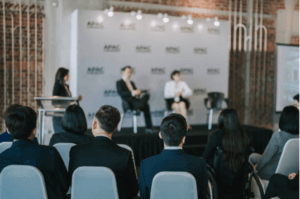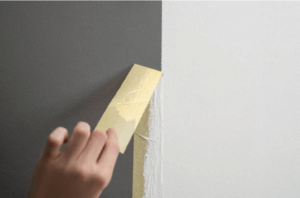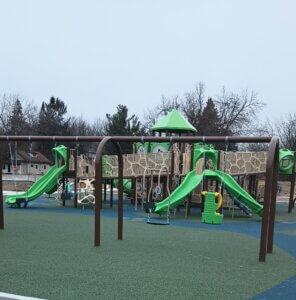From product concept to end-of- life, the lifecycle of our paper and tissue is designed with specific intentions (and the planet) in mind. Renewable, recyclable, and compostable are three key words that describe many of our paper products. Our marketing manager sat down with our product development team to discuss some technologies and projects we have in the pipeline.
GET THE LATEST INSIGHTS DELIVERED TO YOUR INBOX
Stay up to date on the latest tips and news from BiOrigin Specialty Products.
"*" indicates required fields
 PREVIOUS
PREVIOUS 